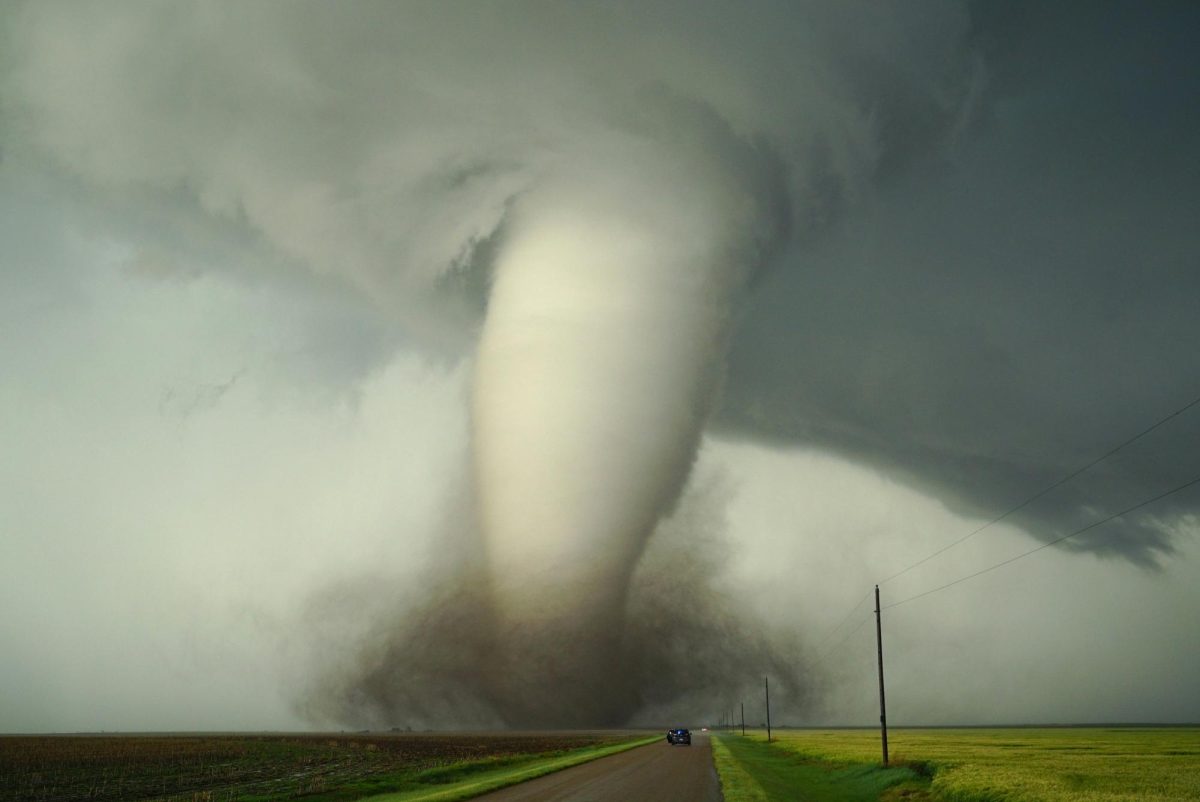The 2013 El Reno, Oklahoma tornado, ranked as an EF3 on the Enhanced Fujita Scale with wind speeds of around 296 mph and a width of 2.6 miles at its maximum, was one of the most notorious and well-known tornadoes in the United States. It is most famous for being the largest tornado ever recorded and the only tornado known to have killed a team of professional storm chasers while in action.
The Enhanced Fujita Scale is a system of measurement used for tornadoes. It is based on the tornado’s wind speeds and property damage costs. The rankings are: EF1, EF2, EF3, EF4, EF5. EF1 being the smallest and least concerning and EF5 being the most dangerous. While the El Reno tornado is the largest ever recorded, it did not cause sufficient property damage to be labeled as an EF5.
Tornadoes begin when two different thunderstorms with varying temperatures and altitudes collide. After the main collision, there are two ways a tornado can start: from the ground up or from the sky down. Firstly, when a tornado forms from the ground up, it begins with a horizontally rotating column of air that, when its speed increases, can be pulled straight up to meet the funnel cloud in the sky created by the colliding storms. The second way a tornado can begin is just the opposite. In this case, the funnel cloud is the first to form and drops a rotating column of air straight down to the ground. When a tornado has completely formed a funnel and is connected from the sky to the ground, it is labeled a touchdown. Usually, tornadoes last a few seconds or minutes before receding back into the sky and dissipating. This was not the case with the 2013 El Reno tornado.
The El Reno tornado was actually formed from three major vortices that circulated around one another, creating what is known as a wedge tornado, which is wider than it is tall. This storm began as a massive thunderstorm collision that produced multiple tornadoes; the vortices eventually merged to create a tornado so large and a mesocyclone so powerful that it overtook a multi-ton hay bale and ultimately the storm-chasing team, Twistex.
The Twistex team consisted of Tim Samaras and his son Paul, along with Carl Young, all of whom were experienced storm chasers and researchers. At its peak, the El Reno tornado overtook this team with ease while they were trying to escape alongside hundreds of other chasers. This tornado still stands as the only tornado to have ever killed a storm chasing team.
Sources:








